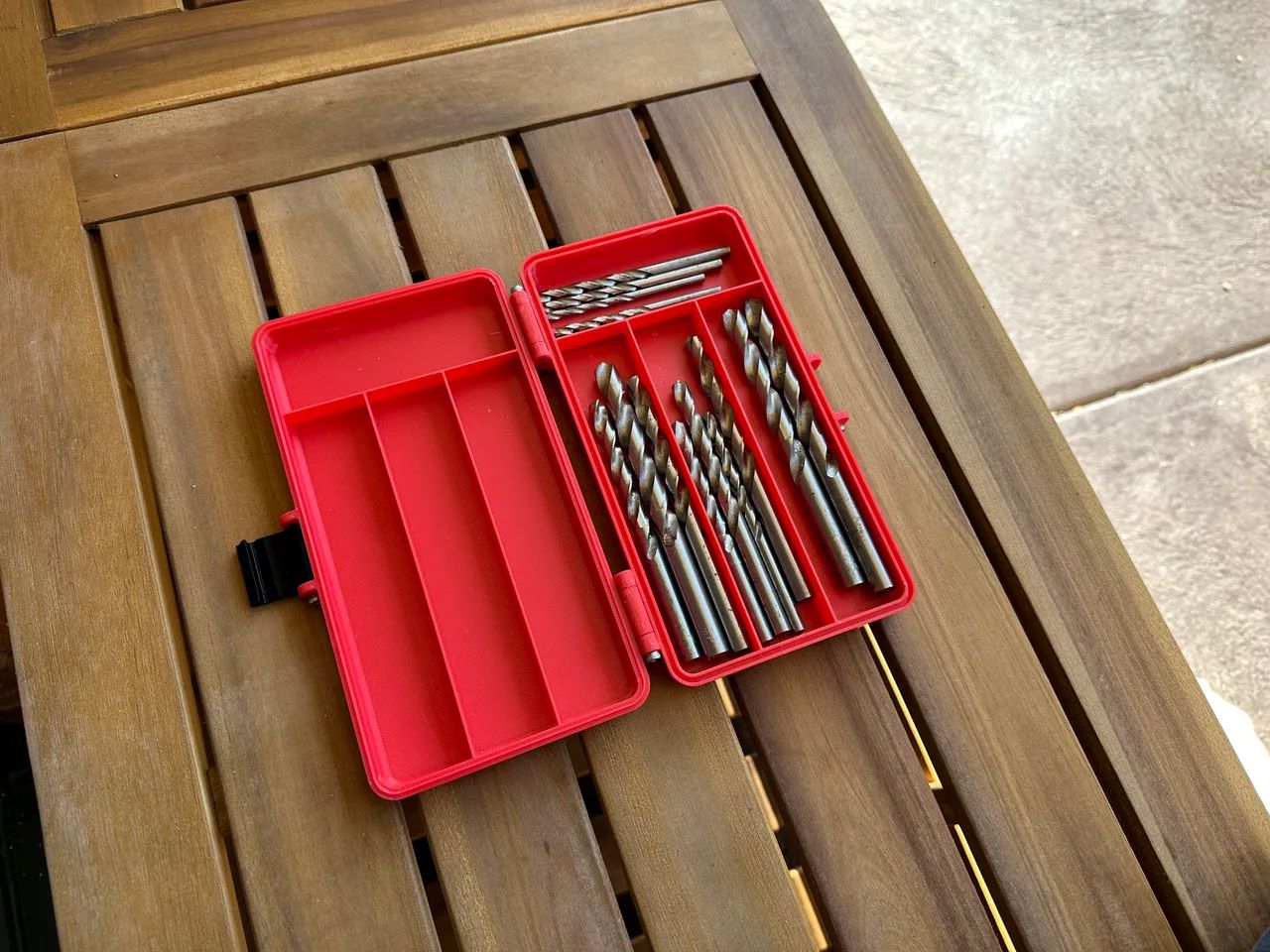

Articles
How To Store Drill Bits
Modified: May 6, 2024
Learn the best articles on how to properly store and organize your drill bits for easy access and maintenance. Avoid losing or damaging your drill bits with these helpful tips and techniques.
(Many of the links in this article redirect to a specific reviewed product. Your purchase of these products through affiliate links helps to generate commission for Storables.com, at no extra cost. Learn more)
Introduction
Drill bits are essential tools for any DIY enthusiast or professional. They come in various sizes and types, each designed for specific drilling tasks. Whether you are a woodworking enthusiast or a plumber, having a collection of quality drill bits is a must.
To ensure that your drill bits remain sharp and ready for use, proper storage is crucial. Storing drill bits improperly can lead to rust, dullness, or even damage. In this article, we will guide you on how to store drill bits to keep them in optimal condition and extend their lifespan.
Key Takeaways:
- Proper storage, maintenance, and organization are essential for extending the lifespan of drill bits and ensuring efficient and precise drilling results.
- Adhering to safety precautions, such as wearing PPE and securing workpieces, is crucial for preventing accidents and promoting a safe working environment when using and storing drill bits.
Read more: How To Put A Screwdriver Bit Into A Drill
Types of Drill Bits
Drill bits come in a variety of types, each designed to handle specific materials and drilling tasks. Understanding the different types of drill bits will help you choose the right one for your projects. Here are some common types of drill bits:
1. Twist Drill Bits: These are the most common and versatile drill bits. They have a twisted design and can be used on a wide range of materials such as wood, metal, and plastic.
2. Brad Point Bits: These bits have a sharp, pointed tip that helps to create precise holes in wood. They are often used for woodworking projects.
3. Spade Bits: Spade bits, also known as paddle bits, have a flat, paddle-like tip and are designed for drilling large holes in wood. They are commonly used for creating holes for plumbing or electrical work.
4. Masonry Bits: As the name suggests, masonry bits are used for drilling into materials such as concrete, brick, or stone. They have a specially designed tip for drilling through tough surfaces.
5. Forstner Bits: Forstner bits are ideal for drilling flat-bottomed holes with smooth sides. They are commonly used in woodworking projects where a clean and precise hole is required.
6. Step Bits: Step bits are designed to create holes with different diameter sizes. They are often used for drilling holes in thin materials like metal sheets.
7. Countersink Bits: Countersink bits are used to create holes with a wider opening at the top, allowing screws to be flush with the surface. They are commonly used for woodworking and carpentry projects.
Factors to Consider for Proper Storage
Proper storage of drill bits is essential to maintain their sharpness and prolong their lifespan. Here are some factors to consider when storing your drill bits:
1. Dry Environment: Moisture can cause drill bits to rust and corrode. It is important to store them in a dry environment to prevent any damage. Consider using a moisture-absorbing agent, such as silica gel packets, in the storage area to keep it dry.
2. Temperature Control: Extreme temperatures can affect the performance of drill bits. It is recommended to store them in an area with a stable temperature to prevent any warping or degradation of the materials.
3. Separation and Organization: Keeping your drill bits organized and separated will make it easier to find the right one when you need it. Consider using a storage container or a tool chest with compartments to keep them sorted by size and type.
4. Protection from Impact: Drill bits are delicate tools that can easily be damaged by accidental impact. Store them in a secure case or container to protect them from being knocked around or dropped.
5. Avoid Mixing with Other Tools: Mixing your drill bits with other tools can lead to damage or loss. It is best to store them separately to prevent any unnecessary contact that could result in nicks or dullness.
6. Labeling: Labeling your drill bits can help you quickly identify the size and type you need for a particular project. Consider using a permanent marker to label the shank or container to avoid any confusion.
7. Accessibility: Ensure that your drill bits are easily accessible, especially if you use them frequently. Having them within reach will save you time and effort during your projects.
8. Secure Storage: If you have children or pets, it is important to store your drill bits in a secure location to prevent any accidents. Consider using lockable cabinets or high shelves to keep them out of reach.
Remember, proper storage not only protects your drill bits but also improves your overall efficiency and productivity. By considering these factors, you can ensure that your drill bits are ready for use whenever you need them.
Common Storage Methods
There are several effective storage methods you can use to keep your drill bits organized and in good condition. Here are some common storage methods:
1. Drill Bit Cases: Many drill bit sets come with their own storage cases. These cases are designed to keep each drill bit secure and in its designated spot. They often have labeled sections or compartments for easy organization and access. Drill bit cases are convenient for both storage and transportation.
2. Toolbox or Tool Chest: If you have a collection of drill bits as well as other tools, a toolbox or tool chest with compartments can be a practical option. You can allocate specific compartments for your drill bits, keeping them separate from other tools and preventing any potential damage.
3. Magnetic Strips or Racks: Magnetic strips or racks provide a unique storage option for your drill bits. These strips can be mounted on walls or inside cabinets, allowing you to easily access and organize your drill bits. The magnetic surface securely holds the bits in place, preventing any accidental spilling or misplacement.
4. Wall-mounted Pegboard: A wall-mounted pegboard with hooks is a versatile storage solution for various tools, including drill bits. You can hang individual hooks to hold different sizes and types of drill bits. This method allows you to easily see and access your drill bits while freeing up valuable workspace.
5. Drawer Dividers: If you have a toolbox or cabinet with drawers, using dividers can help you create separate compartments for your drill bits. The dividers keep the bits organized and prevent them from rolling around and getting damaged.
6. Portable Plastic Organizers: Portable plastic organizers with removable compartments are an excellent choice for storing drill bits. You can customize the size of each compartment to fit your drill bits, ensuring a snug fit and easy accessibility. These organizers are also lightweight and convenient for on-the-go projects.
7. Wall-mounted Cabinets: Wall-mounted cabinets offer a secure and space-saving storage option for your drill bits. You can install cabinets with multiple shelves or drawers to store and organize your bits based on size or type. Additionally, the wall-mounted design keeps your drill bits off the ground, reducing the risk of damage.
Choose a storage method that suits your needs and preferences, considering factors such as space availability, portability, and accessibility. Proper organization and storage will not only protect your drill bits but also make your projects more efficient and enjoyable.
Store drill bits in a labeled organizer or case to keep them organized and easily accessible. Make sure to clean and dry them before storing to prevent rust.
Proper Maintenance and Cleaning
Regular maintenance and cleaning of your drill bits are essential to keep them in optimal condition and ensure their longevity. Here are some tips for proper maintenance and cleaning:
1. Remove Debris: After each use, remove any debris or material buildup from the drill bit. This can be done by gently tapping the bit on a solid surface or using a soft brush to brush off the debris. Make sure to clean both the flutes and the tip of the drill bit.
2. Lubricate Metal Bits: For metal drill bits, it is recommended to apply a light coating of cutting oil or lubricant before use. This helps to reduce friction and heat buildup while drilling, resulting in smoother and more efficient operation.
3. Sharpen Dull Bits: Over time, drill bits can become dull and less effective. If you notice that your bits are struggling to cut or leave a clean hole, it may be time to sharpen them. You can use a drill bit sharpener or take them to a professional sharpening service.
4. Avoid Excessive Heat: High heat can damage the temper of drill bits, causing them to become less effective. To prevent overheating, avoid applying excessive pressure or drilling at high speeds. Use a lubricant when drilling into hard materials to reduce heat buildup.
5. Inspect for Damage: Regularly inspect your drill bits for any signs of damage, such as chips, cracks, or bent shanks. Damaged bits should be replaced as they can affect drilling accuracy and may cause accidents.
6. Store Properly: Proper storage, as discussed earlier, plays a crucial role in maintaining the condition of your drill bits. Keep them in a dry and temperature-controlled environment to prevent rust and damage.
7. Replace Worn Bits: As drill bits age and wear down, they become less effective and can pose a safety risk. It is important to regularly inspect your drill bits and replace any excessively worn or damaged ones.
Following these maintenance and cleaning practices will help to extend the lifespan of your drill bits and ensure that they perform at their best. Properly maintained drill bits will not only save you time and money but also help you achieve precise and clean drilling results.
Read more: How To Put Bit In Ryobi Drill
Organizational Tips
Keeping your drill bits organized is not only beneficial for their longevity but also for your overall efficiency and productivity. Here are some organizational tips to help you keep your drill bits in order:
1. Sort by Size and Type: Sort your drill bits by size and type to easily locate the one you need for a specific project. Consider using labeled containers or compartments to keep them separated and organized.
2. Use Color Coding: If you have a large collection of drill bits, consider using a color-coding system to differentiate between sizes or types. You can use colored tape, labels, or caps to mark each drill bit for quick identification.
3. Invest in a Bit Index: A bit index is a convenient tool that allows you to organize and store your drill bits in a compact and easily accessible manner. It typically consists of individual slots or pockets for each bit, keeping them secure and organized.
4. Create a Hanging Display: If space allows, you can create a hanging display for your drill bits using hooks or pegboard. This visual display makes it easy to identify and access the drill bits you need, especially if you have a large collection.
5. Label Your Storage Containers: Labeling your storage containers, whether it’s a toolbox or a cabinet, is crucial for easy identification. Use clear and visible labels to indicate the size, type, or purpose of each drill bit.
6. Keep Frequently Used Bits Within Reach: Consider keeping your most commonly used drill bits within easy reach. This will save you time and effort when working on projects that require frequent bit changes.
7. Regularly Evaluate and Declutter: Periodically evaluate your drill bit collection to identify any duplicates, damaged bits, or ones that you no longer use. Remove these from your storage to declutter and make room for new additions.
8. Maintain a Cleaning Station: Designate a specific area as a cleaning station for your drill bits. Keep a brush, lubricant, and cleaning supplies nearby so you can quickly clean and maintain your bits after each use.
By implementing these organizational tips, you can create a well-structured system for storing and accessing your drill bits. This not only enhances your efficiency but also ensures that your drill bits remain in excellent condition for years to come.
Safety Precautions
Working with drill bits involves various risks, so it’s important to follow safety precautions to protect yourself and others. Here are some safety guidelines to keep in mind when using and storing drill bits:
1. Personal Protective Equipment (PPE): Always wear appropriate PPE, including safety glasses or goggles to protect your eyes from flying debris, and gloves to protect your hands from potential injury. Additionally, consider wearing a dust mask when drilling into materials that may generate dust or particles.
2. Proper Handling: When handling drill bits, make sure to hold them by the shank, not the cutting edge or flutes, to avoid injury. Avoid forcefully inserting or removing drill bits from the drill chuck to prevent potential accidents.
3. Secure Workpiece: Ensure that your workpiece is securely clamped or supported when drilling. This will prevent it from moving or spinning, reducing the risk of accidents or damage to the material.
4. Use the Right Drill Bit: Ensure you are using the correct type and size of drill bit for your specific task. Using an inappropriate or damaged drill bit can result in poor performance, damage to the material, or even personal injury.
5. Check Power Drill Safety: Before using a power drill, inspect the tool for any damage or loose parts. Ensure that the chuck is securely tightened to hold the drill bit in place. Follow the manufacturer’s instructions for safe operation of the power drill.
6. Maintain a Clean Workspace: Keep your work area clean and free from clutter. This ensures better visibility and reduces the chance of accidents or injuries caused by tripping or knocking over objects.
7. Store Drill Bits Properly: As mentioned earlier, storing drill bits in a secure location is important for safety. Make sure they are out of reach of children and stored away from other sharp tools to prevent accidents.
8. Unplug Power Drill When Not in Use: When finished using a power drill, unplug it from the power source. This prevents accidental activation and reduces the risk of injury or damage when handling the tool or storing it.
9. Follow Operating Instructions: Always read and follow the instructions provided by the drill manufacturer. This includes information on proper drilling techniques, safety precautions, and maintenance guidelines.
Remember, practicing safety precautions not only keeps you safe but also ensures the longevity of your drill bits and the quality of your work. Prioritize safety at all times when working with drill bits to prevent accidents and promote a safe working environment.
Conclusion
Properly storing drill bits is essential for maintaining their performance, durability, and overall quality. By following the guidelines and tips mentioned in this article, you can ensure that your drill bits remain in optimal condition for a longer period of time.
First and foremost, understanding the different types of drill bits and their specific applications will help you choose the right tool for each task. From twist bits to masonry bits, knowing which bit to use will ensure efficient and precise drilling results.
Factors such as a dry environment, temperature control, and separation and organization are crucial for proper storage. Storing your drill bits in a dry and controlled atmosphere will prevent rust and corrosion, while keeping them organized makes them easily accessible and helps prolong their lifespan.
Maintaining and cleaning your drill bits on a regular basis is an important part of their upkeep. Removing debris, lubricating metal bits, and sharpening dull bits will ensure that they continue to perform at their best, providing clean and accurate drilling.
Organizational tips such as sorting by size and type, using color coding, and investing in storage solutions like bit indexes or wall displays will help you keep your drill bits well-organized and easily identifiable. This saves you time, eliminates frustration, and allows you to focus on your projects.
Safety precautions cannot be overlooked when it comes to working with drill bits. Wearing appropriate personal protective equipment, handling drill bits properly, and securing the workpiece are key to preventing accidents and ensuring a safe working environment.
In conclusion, proper storage, maintenance, organization, and adherence to safety precautions are essential for keeping your drill bits in excellent condition. By implementing these strategies, you can extend the lifespan of your drill bits, enhance your efficiency, and ultimately achieve better drilling results.
Now that you've got your drill bits neatly organized, why stop there? Extend that orderliness throughout your workspace with our guide on effective tool storage solutions. You'll find incredible options to keep tools safe and at the ready, ensuring your projects run smoothly. Also, don't overlook the potential of optimizing your garage space. Our insights on garage storage will transform cluttered areas into efficient work zones, making every task more manageable and your space a lot more functional.
Frequently Asked Questions about How To Store Drill Bits
Was this page helpful?
At Storables.com, we guarantee accurate and reliable information. Our content, validated by Expert Board Contributors, is crafted following stringent Editorial Policies. We're committed to providing you with well-researched, expert-backed insights for all your informational needs.
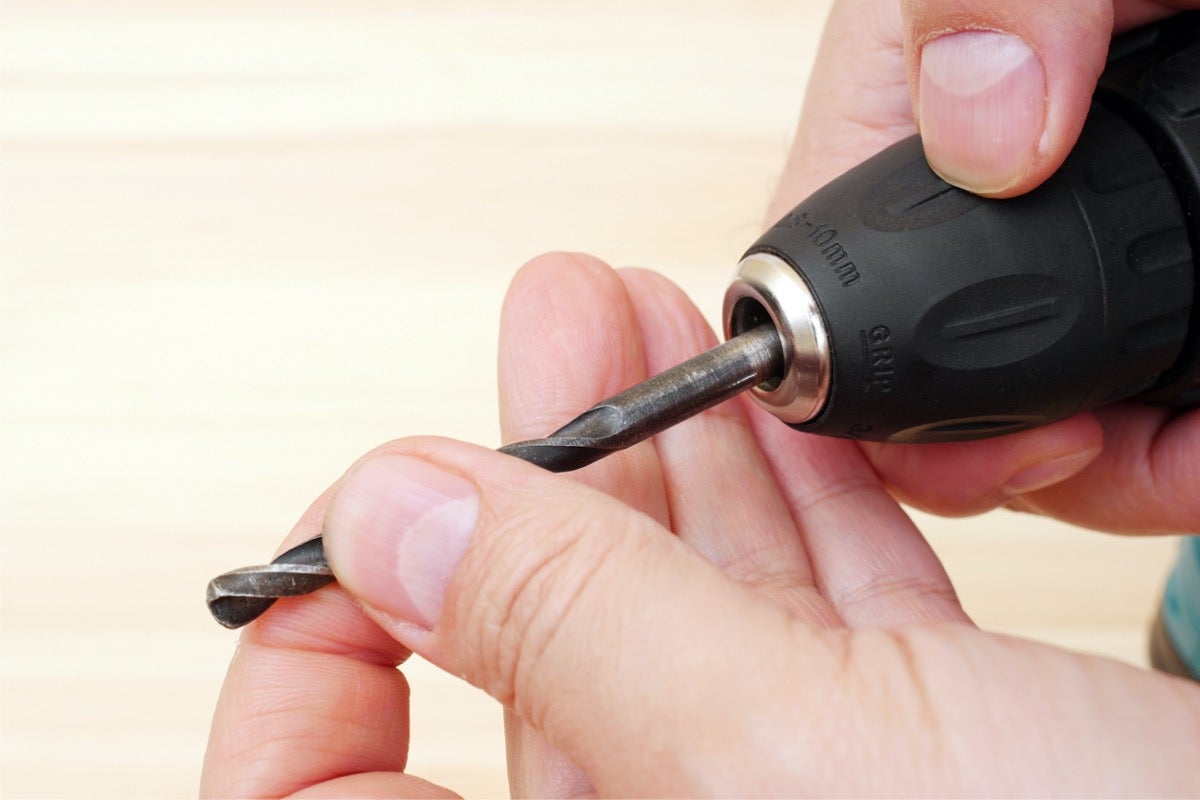
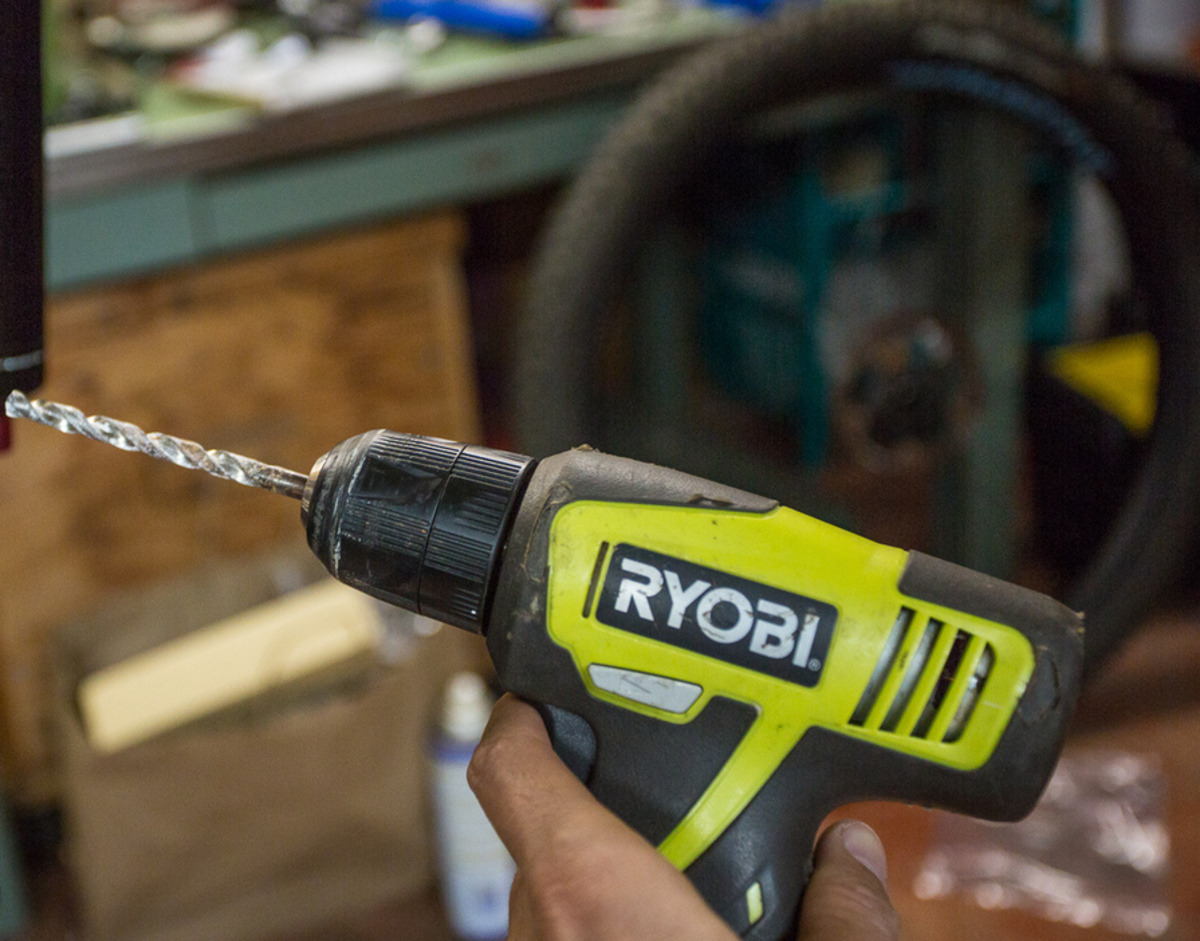
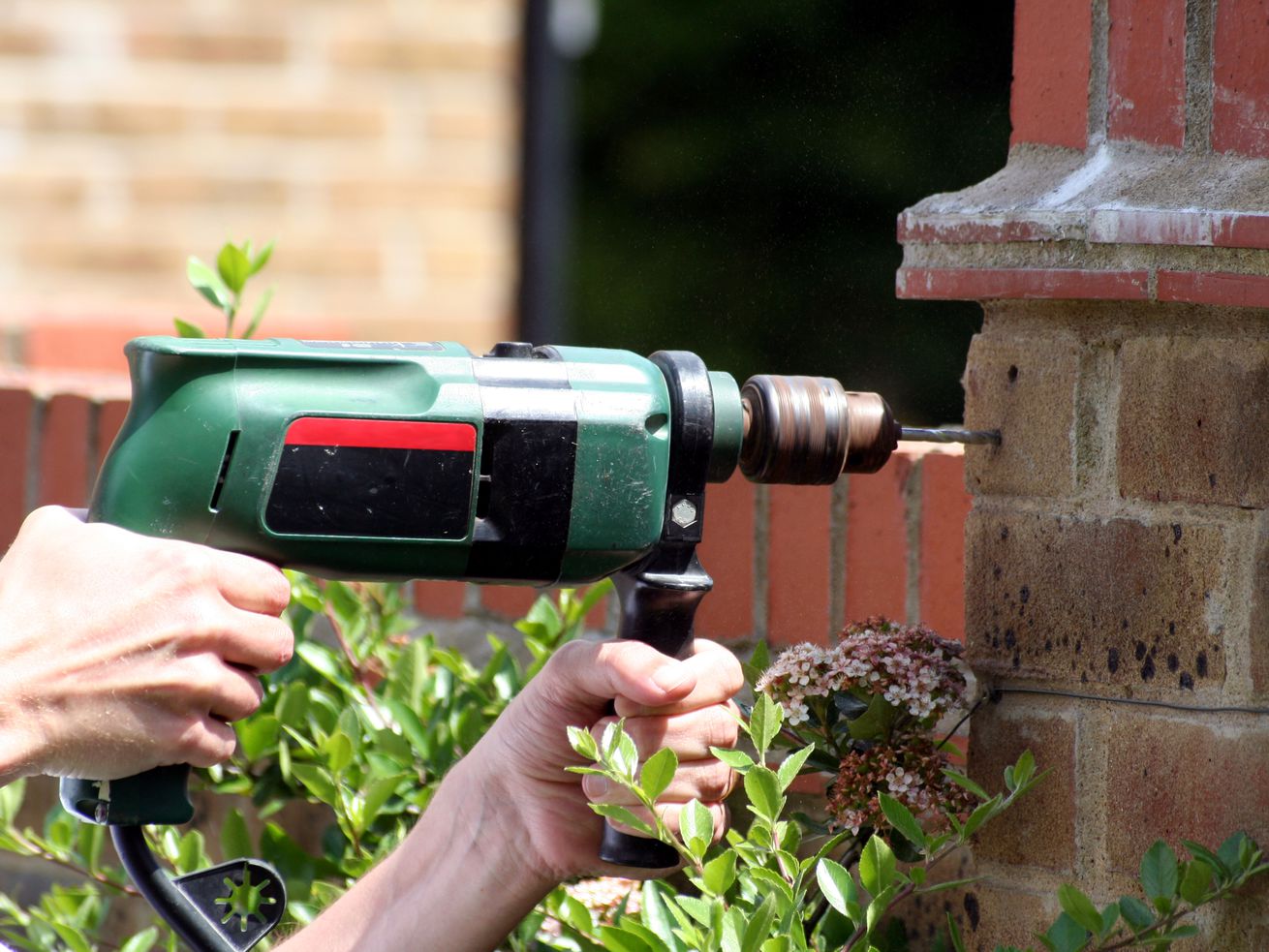
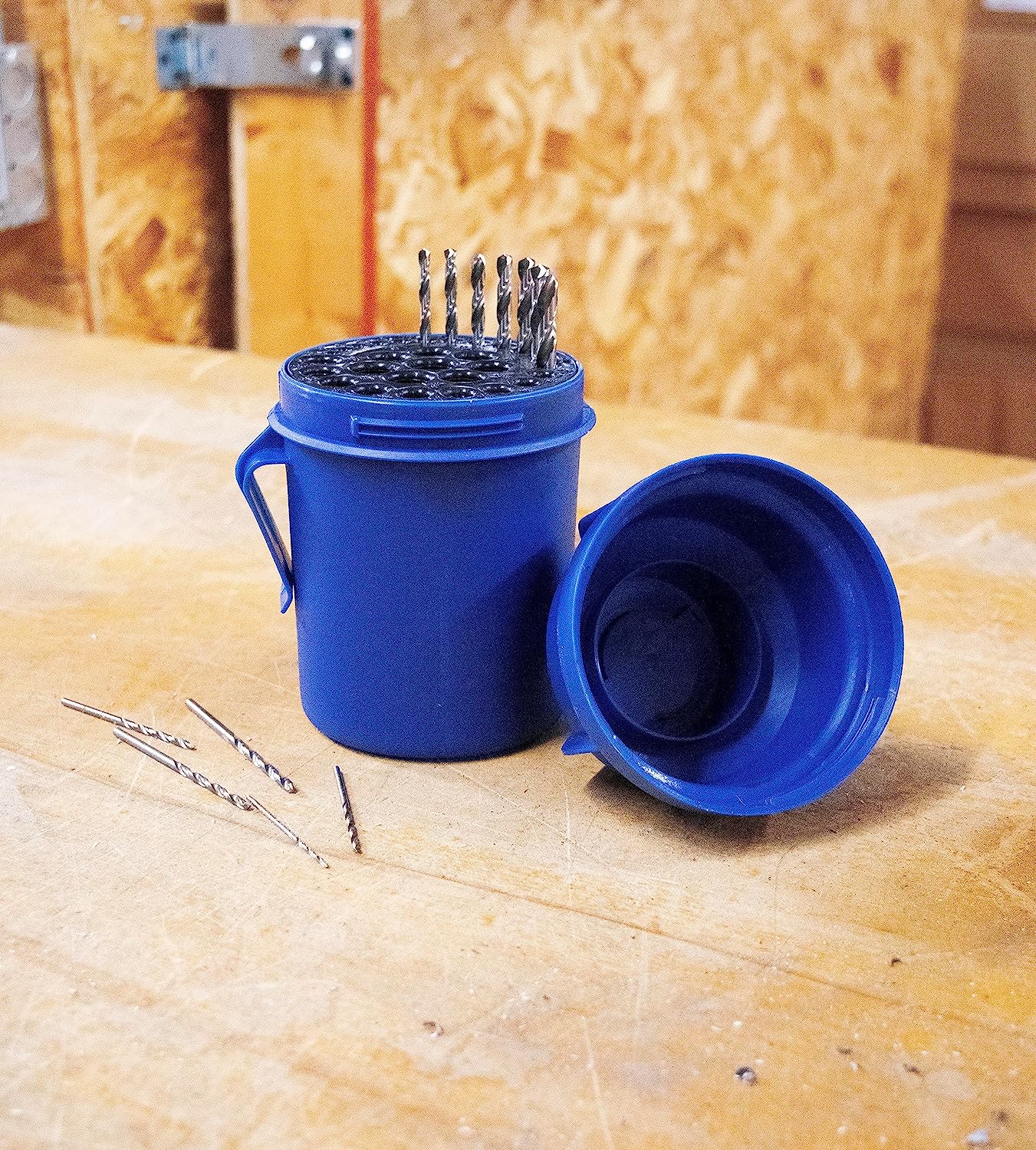
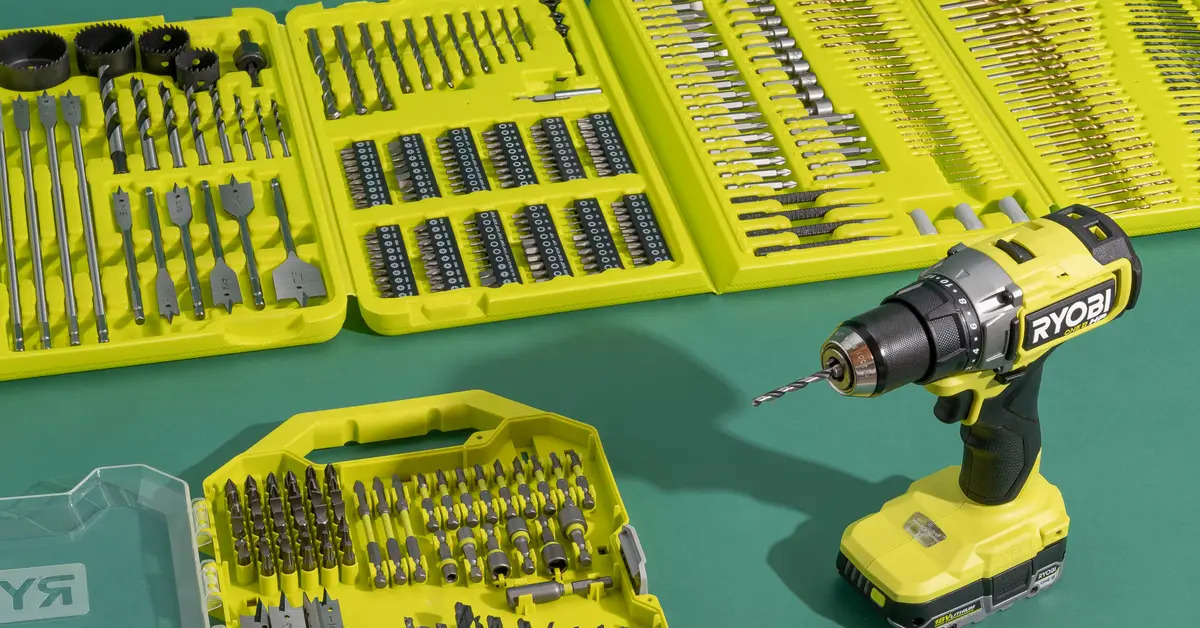
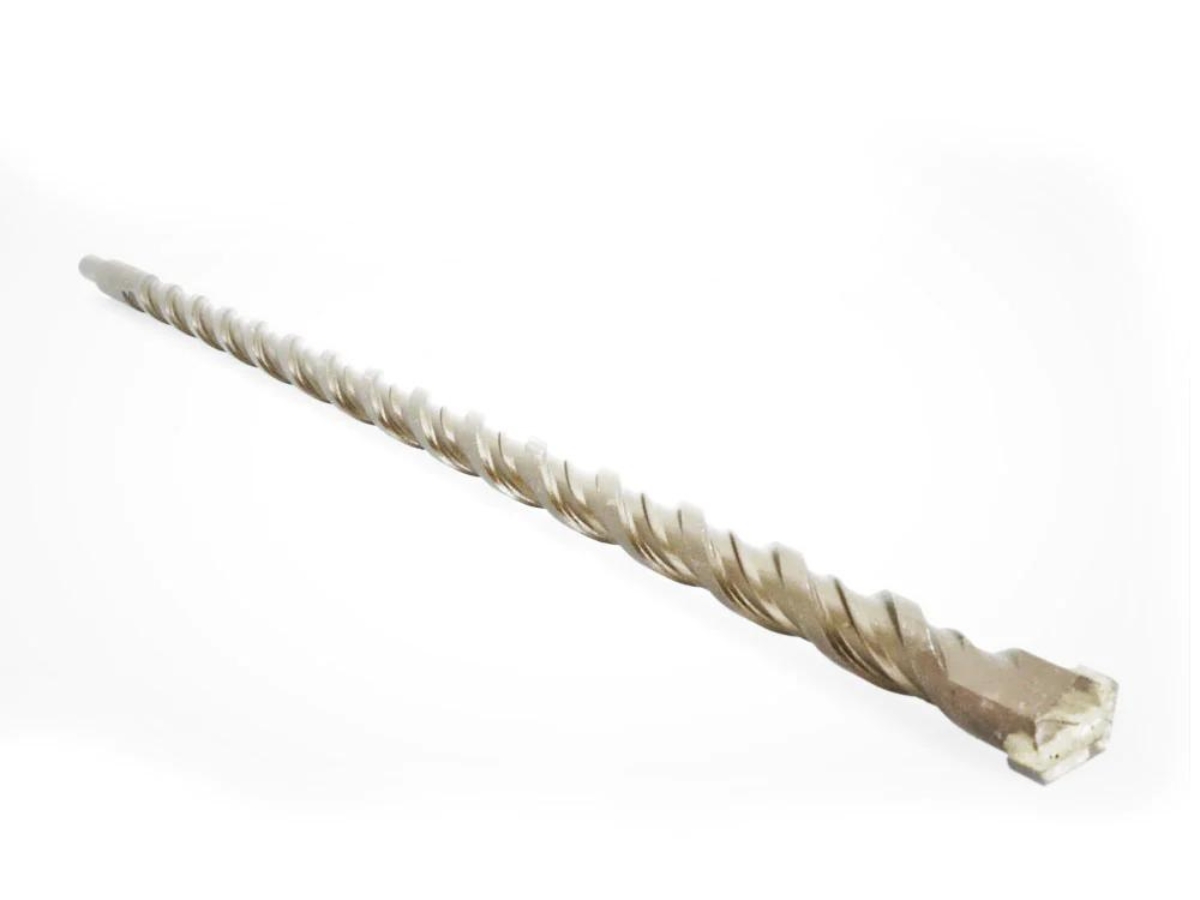
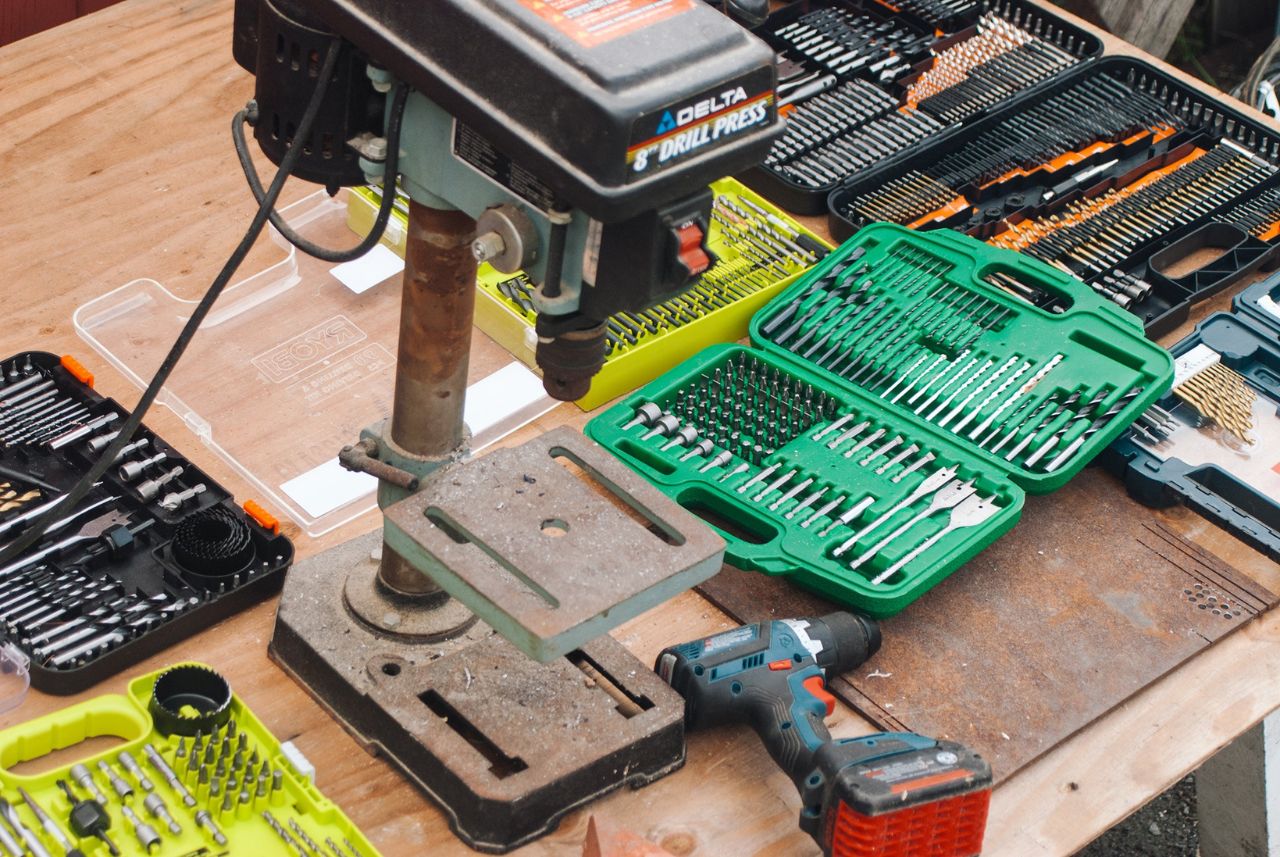
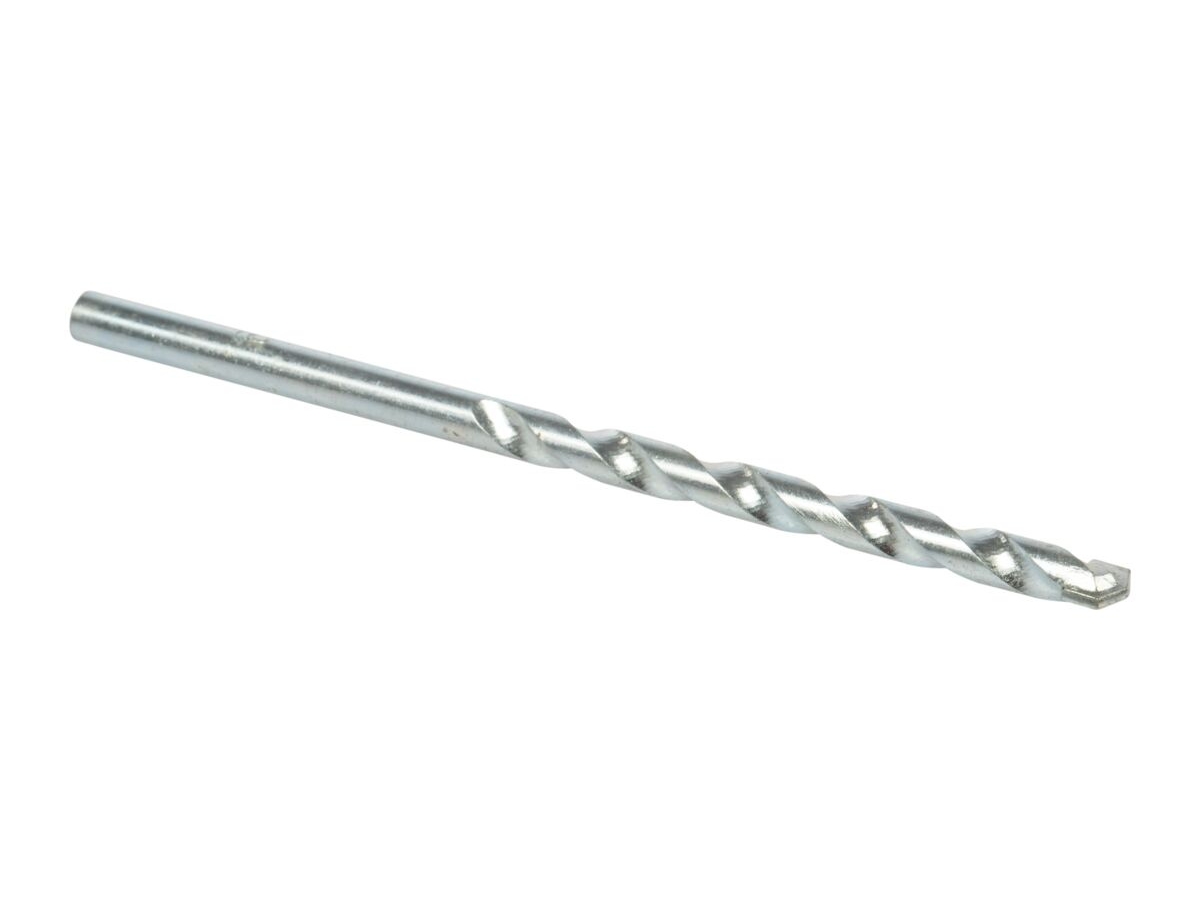
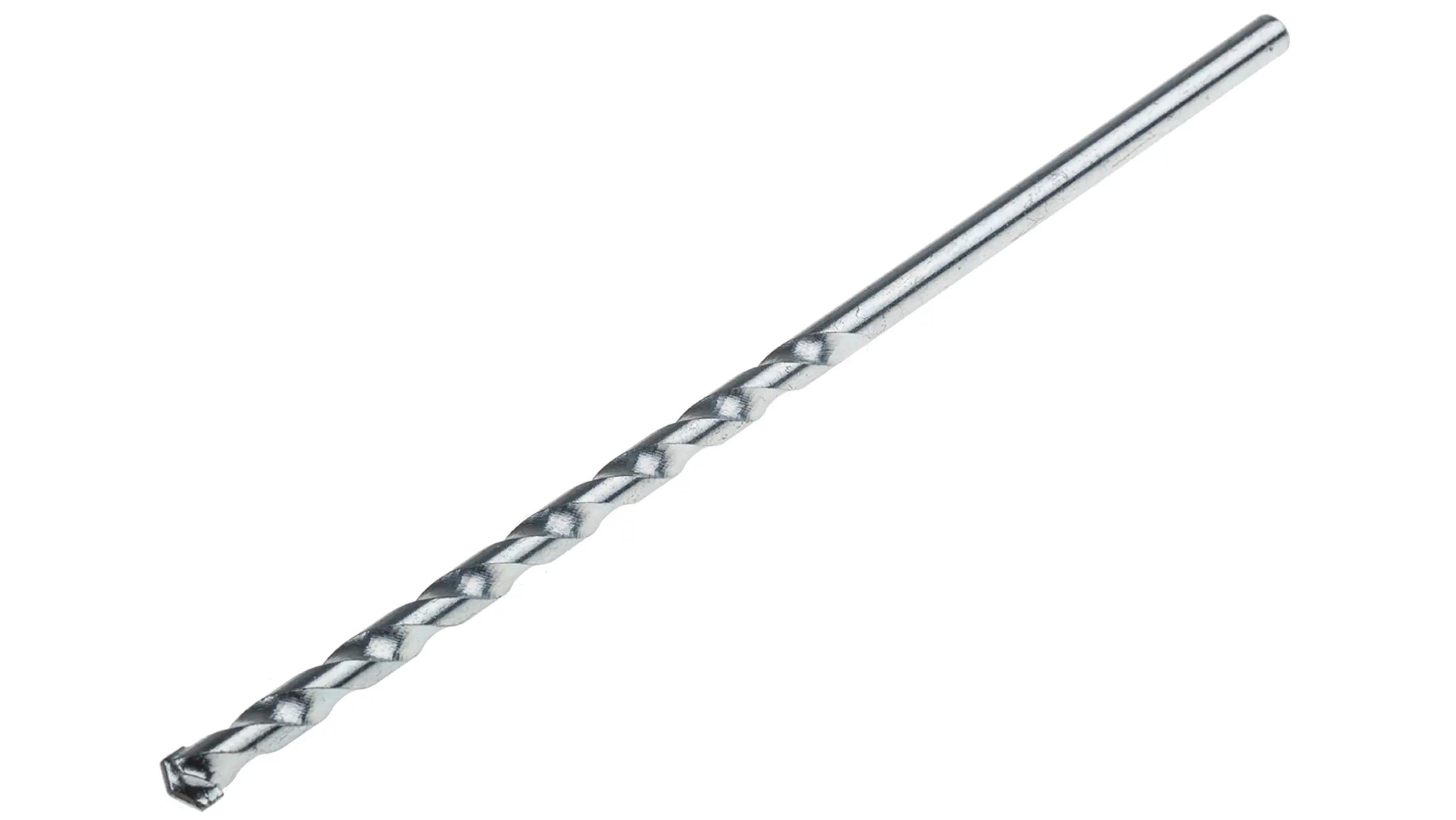
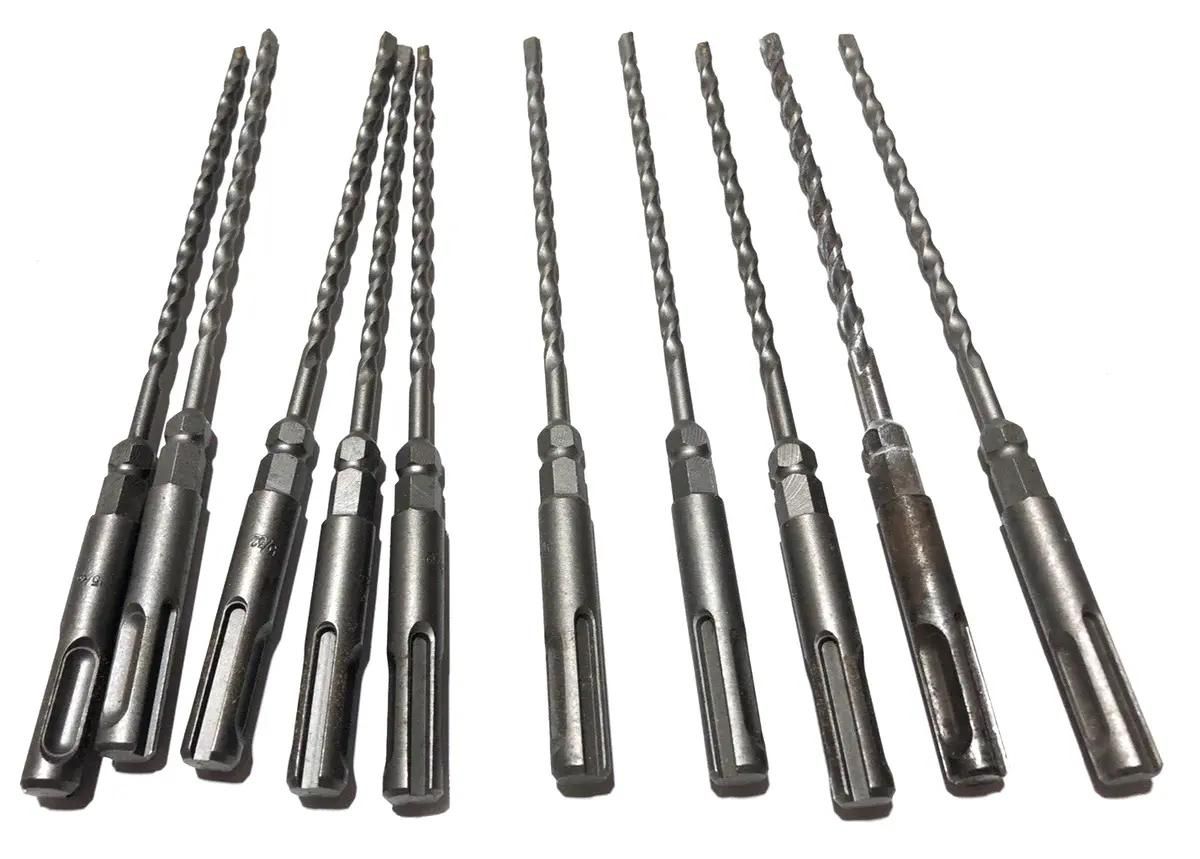
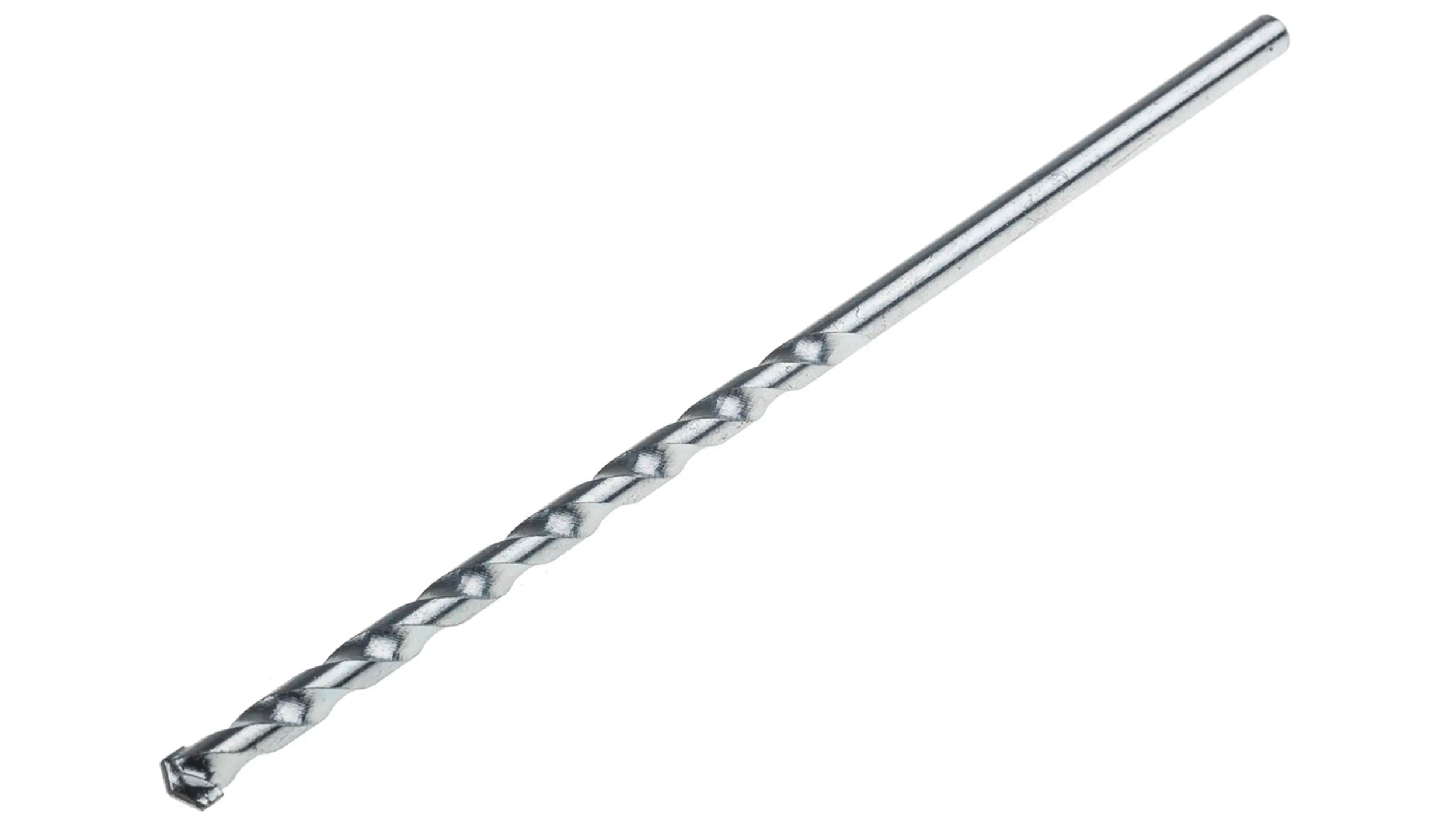
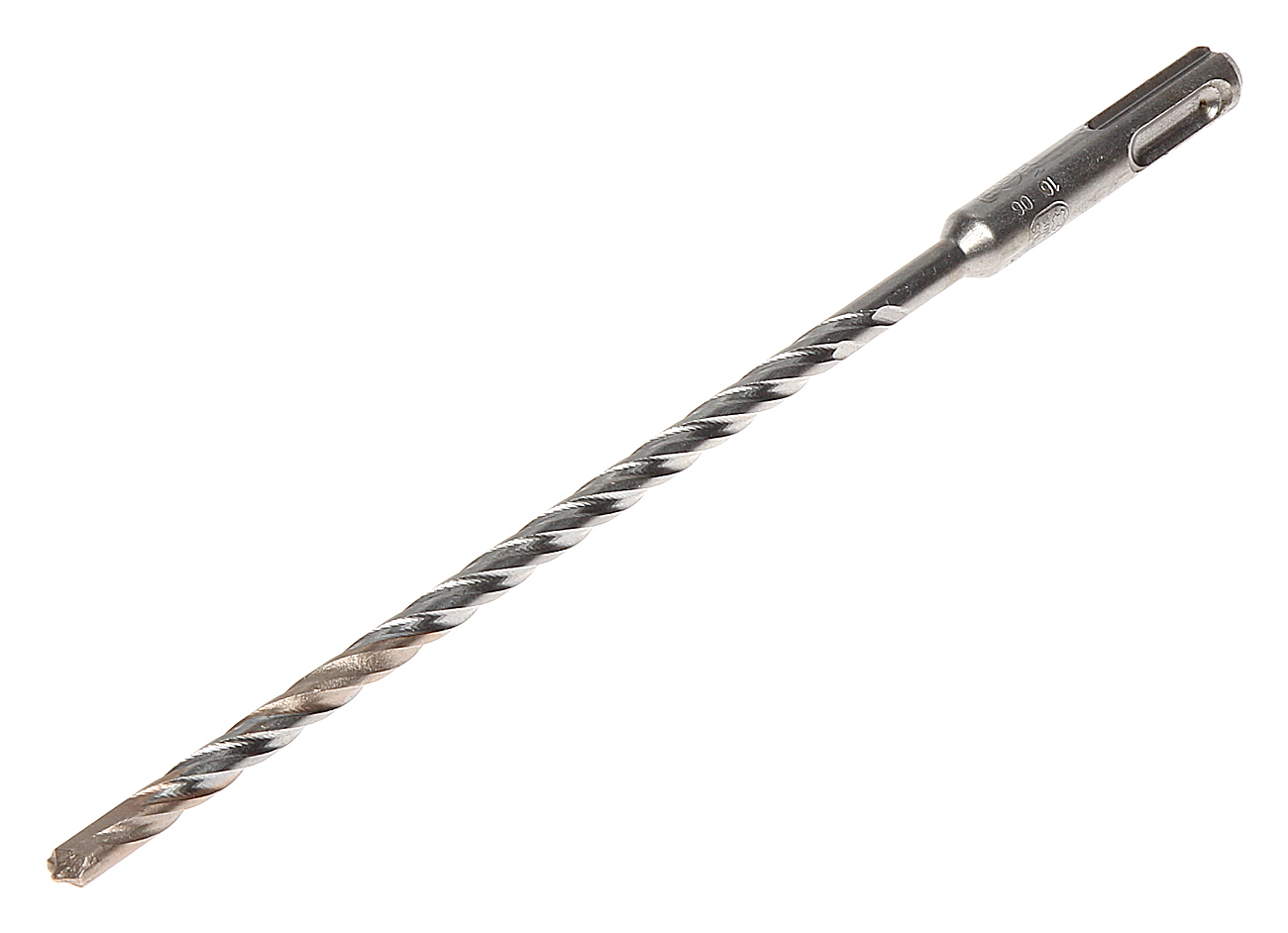
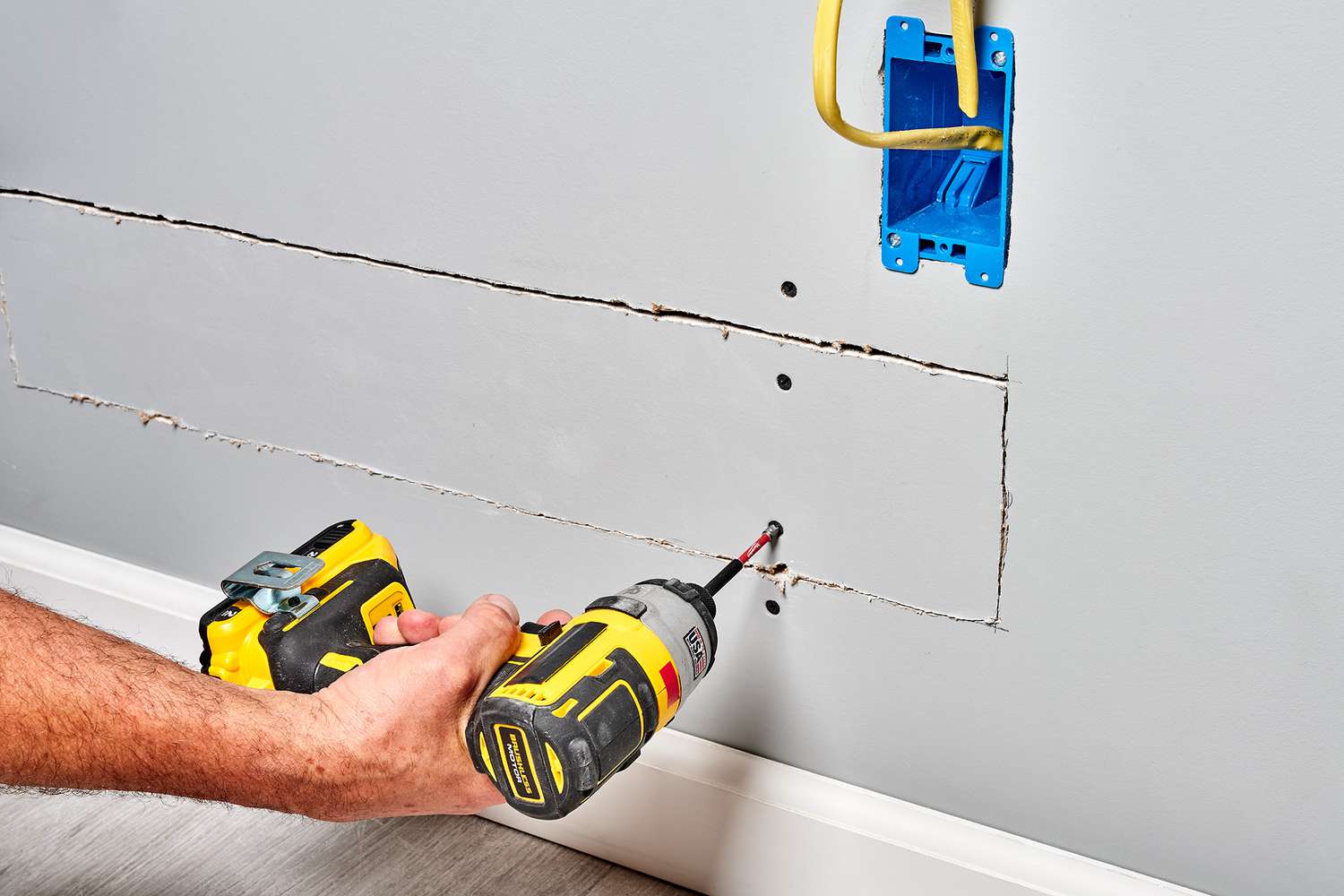
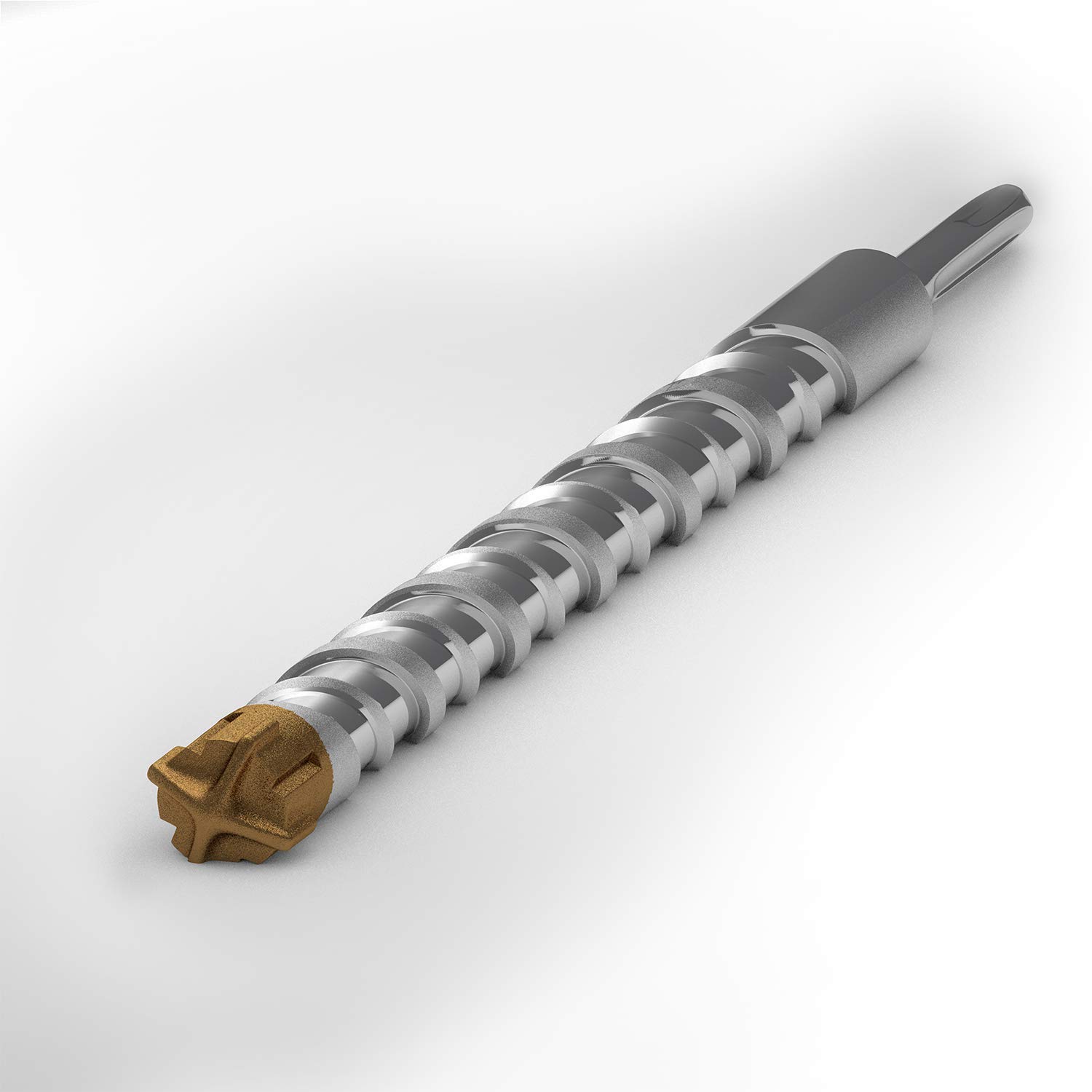

0 thoughts on “How To Store Drill Bits”